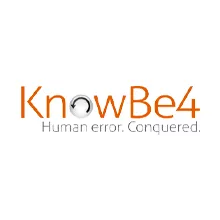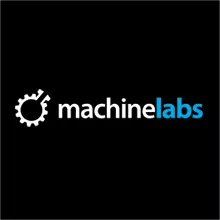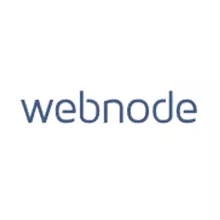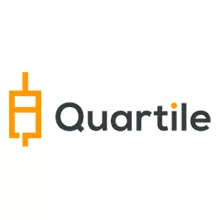Internal app builder with low code
Identity and Access management software: an overview
Security practice known as identity and access management , or IAM, enables the appropriate entities (things or people) to use the proper resources (applications or data) at the correct times, without interruption, on the devices of their choice. IAM is made up of the tools and procedures that let IT managers give each entity a distinct digital identity, authenticate them when they log in, provide them access to particular resources, and manage those identities throughout their entire lifecycle.
IAM is no longer just for employees. Contractors, business partners, distant users, and mobile users all want secure access, which is something that organizations must be able to offer. IoT devices, robotics, and code fragments like APIs or microservices are all given identities due to digital transformation. Software as a service (SaaS) solutions and multi-cloud hybrid IT infrastructures add to the IAM landscape's complexity.
Identity and access management is crucial to any company security programme because it stands between users and important enterprise assets. In addition, it aids in preventing the usage of readily cracked passwords and compromised user credentials, which are frequent ports for the entry for malicious hackers who seek to install ransomware or steal data.
IAM ensures corporate efficiency and digital systems' smooth operation if appropriately implemented. No matter where they are, employees may conduct business as usual, and centralized management ensures they only have access to the resources necessary for their jobs. Additionally, allowing access to consumers, vendors, and suppliers can boost productivity and cut expenses.
The future of Identity and Access management
The use of mobile devices is at its highest level, and remote work is becoming the norm. Thus, the field of identity and access management has grown significantly. A flood of new device connections, a frenzy of demands for remote access to sensitive information, and the impending prospect of phishing and other web-based attacks when users visit malicious websites are all brought on by insecure networks and paired with unheard-of consumers' expectations.
Because it can discover patterns and exponentially increase knowledge at the same rate as risk, artificial intelligence (AI) is crucial to the development of IAM.
Continuous authentication continually assesses the user's context during each contact. The possible risk level can be determined at each moment by using AI to examine micro-interactions while taking time, location, and even user mobility into account. In addition, endpoint detection and response (EDR) , host-based firewalls, or future antivirus software will develop further and increase security within a company.
Advantages of using identity and access management software
Here are a few benefits of using identity and access management software-
- Better security- IAM solutions assist in locating and reducing security concerns. IAM eliminates the need to seek through numerous distributed systems to find policy infractions or remove incorrect access credentials. IAM can also be used to make sure that security precautions are taken to satisfy legal and audit obligations.
- Easy to use- IAM streamlines the signup, sign-in, and user management processes for application owners, end-users, and system administrators. IAM makes access provision and management simple, which increases user happiness.
- Better information sharing - IAM offers a centralized platform for data on access and identity management. All operating systems and devices used by the organization can employ the same security policies. You can address "privilege creep" and enforce user authentication, privileges, and validation regulations using IAM frameworks.
- Reduced IT costs- Operating costs can be reduced through IAM services. You no longer require local IDs for external usage when using federated identity services, simplifying application administration. Cloud-based IAM services can decrease the requirement to purchase and maintain on-premise infrastructure.
- Productivity gains- The identity and access management lifecycle is centralized and automated via IAM, which also generates automatic workflows for situations like a new employee or a role shift. This can shorten the time it takes to process access and identity changes and reduce mistakes.
































































































